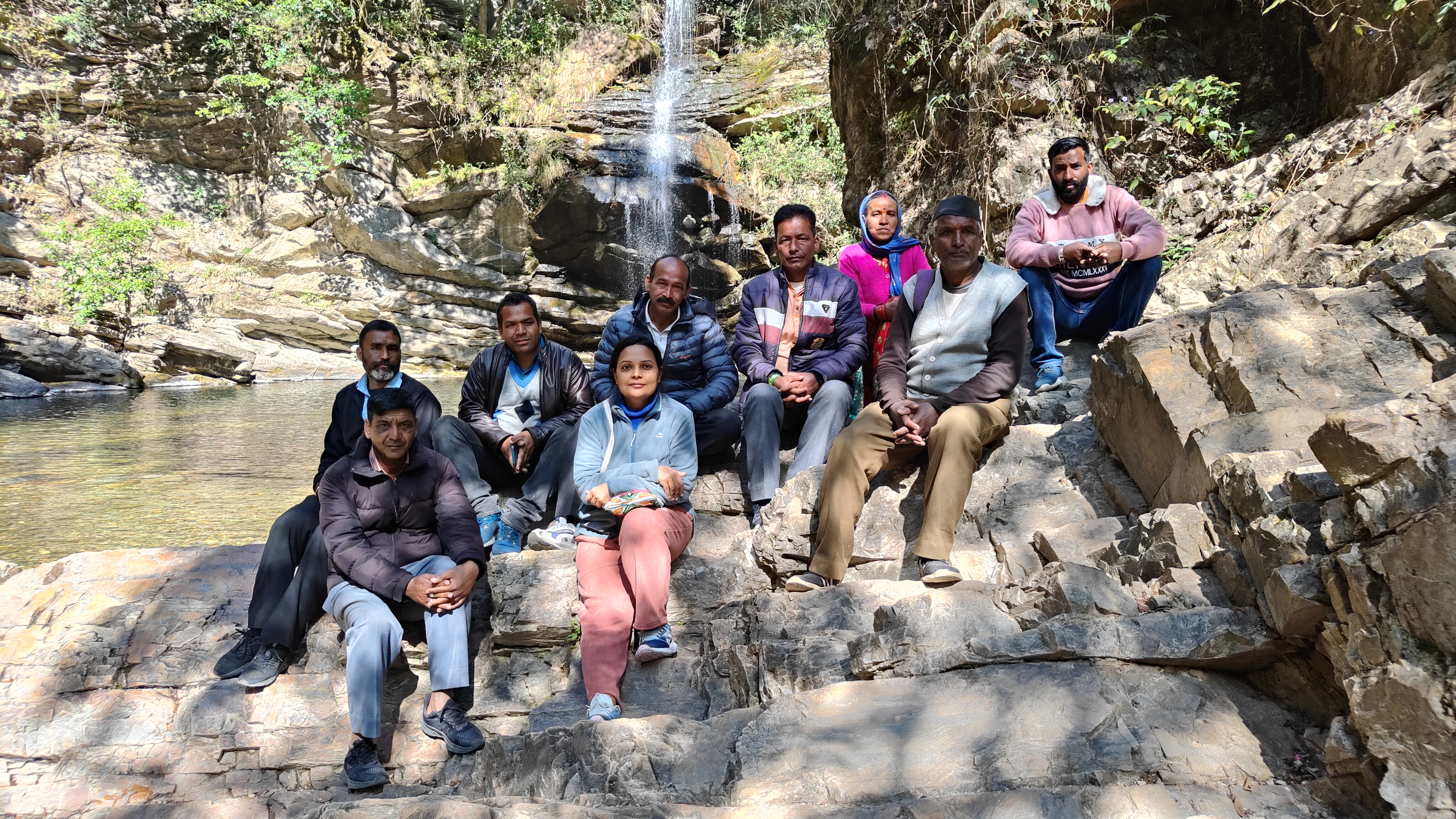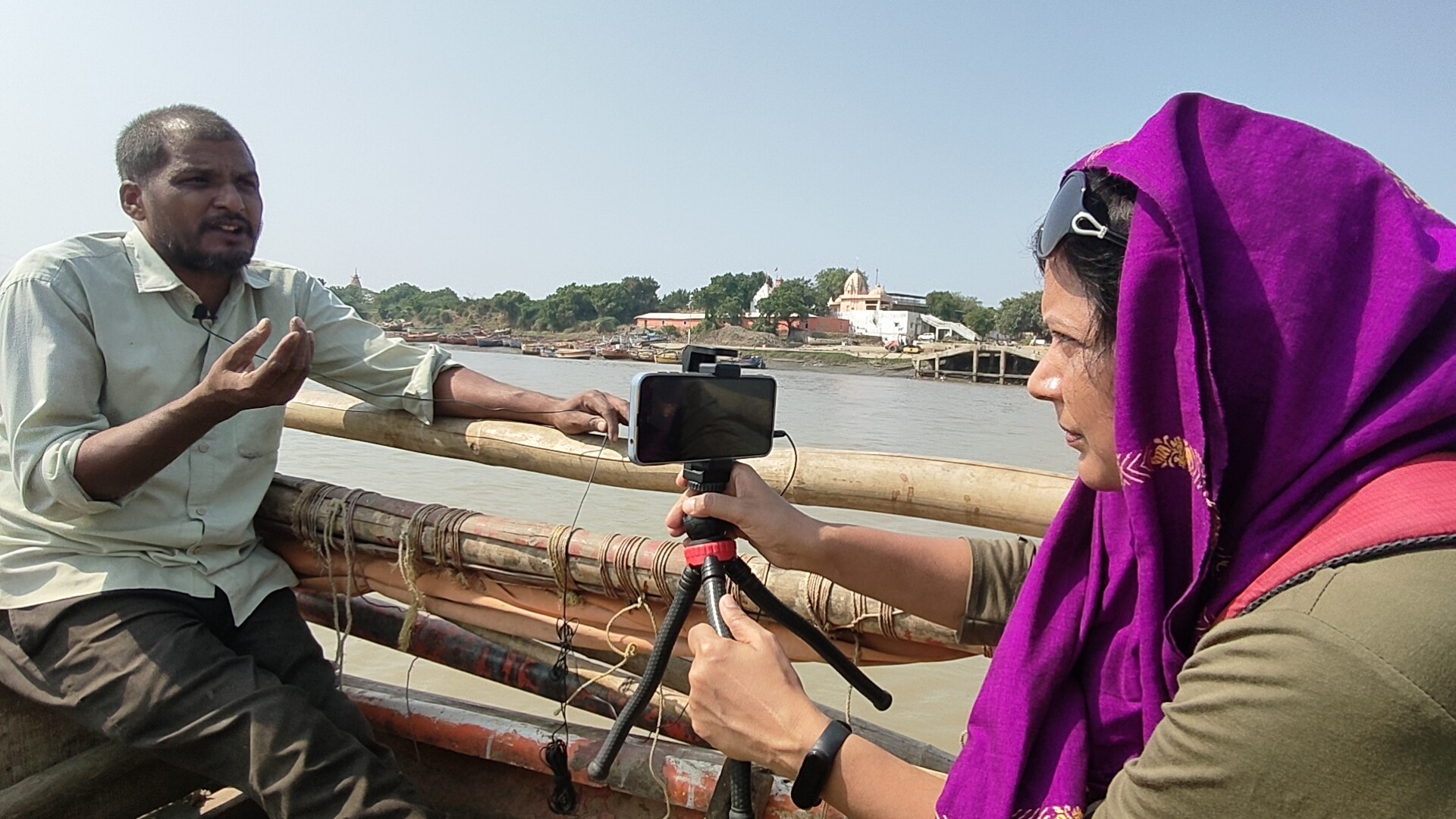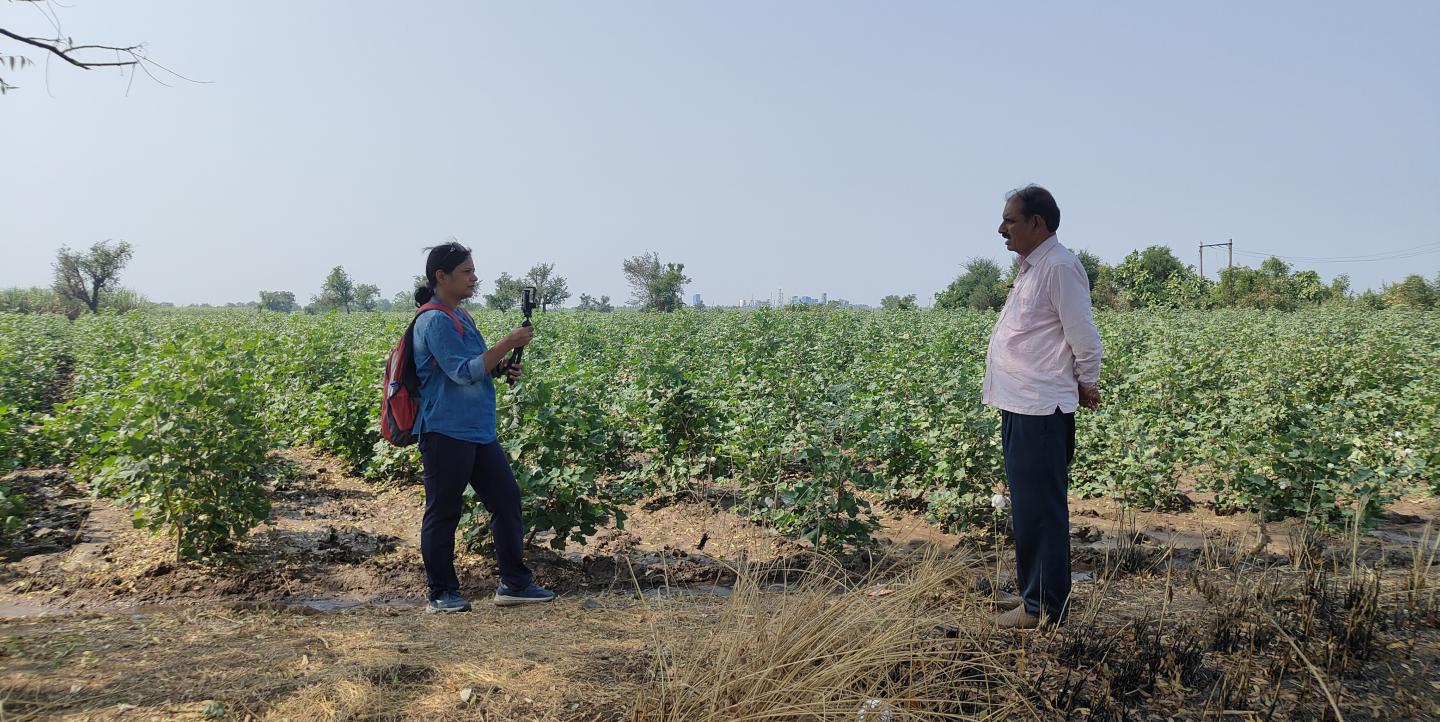After years of taking a back seat in news coverage, reporting on the environment is gaining more prominence in India. Newsrooms, while in the past focused more on stories about crime and politics, are more likely today to report on the climate crisis and its consequences.
Behind the emergence of the environmental beat has been women journalists, whose hard work and dedication have brought climate-related issues to the forefront in Indian media.
“Reporters knowledgeable about the science, economics and politics of healthcare have produced the most effective coverage [on climate change and its impact on our health]. Interestingly, many of these informed journalists are women,” said journalist Kalpana Sharma, currently a columnist with NewsLaundry, during a 2022 Network of Women in India conference session.
Here’s a look at the women reporters in India leading the way on the environmental beat:
Taking the lead
Almost a decade ago, veteran journalist Varsha Singh was inspired to report on the environment, having lived in a region in India that has borne the consequences of climate change.
“In 2016, I moved to Dehradun, a town nestled in the Himalayan region, and every year I would read reports of forest fires and flash floods,” said Singh. “I felt that issues like the environment and climate change, which are major factors causing such disasters here, should be focused on, and [that] there is a need to write more deeply about them, meaning we should also understand their science.”
From covering the dark side of sand mining to unearthing the state of human-wildlife conflict in the northern Indian state of Uttarakhand, Singh’s work focuses on how climate change impacts people – especially women and those from poorer economic backgrounds.
In India, for instance, women spend an estimated 150 million work days every year collecting drinking water. “Usually men go out for a job and it is women in rural areas, who are [responsible for] collecting water and wood,” Singh explained. “Now in the absence of water resources and in conditions where forest fires [occur], women will walk more every day to collect the same resources.”
Singh has been a fellow at The Energy and Resources Institute, and also worked extensively with In Old News, an outlet that reports on the environment and climate change, and offers training and resources for journalists.

Producing groundbreaking work
Freelance journalist Ravleen Kaur has spent nearly 20 years traveling across India to report on the environment.
“I started my journalism career in 2005 with Indian Express. Initially, I was covering crime but after a few months, I was asked to cover climate change,” said Kaur. “At that time it felt like a demotion because environmental news would come on the third or fourth page, [but] over time I started [to] like this beat.”
In March 2022, Kaur produced a story on how India’s first solar park in Gujarat, marketed as a renewable energy development, could cause more environmental harm than good. While working in Punjab, she reported on how an increase in the consumption of tender coconut generated waste harmful to the environment. “For me, [a] story is always about reporting from the ground and not just [the] data,” she said.
Whether Kaur is reporting on a hydropower project’s impact on a glacier in the Himalayan town of Gangotri, or ginger prawn fishing in western India, the insights she receives from her sources are what excite her most.
“Sometimes there is a language barrier, or you see people are not reluctant to talk to you. In such a scenario sources play a very important role and help us in connecting to the relevant people,” she said.
Challenges on the ground
Covering the environment has also come with challenges and risks, especially around safety.
"Sometimes I get worried as if the place that I am staying in is safe or not. I would share all the details with my editor so that they know about my whereabouts,” said Singh. "Especially while covering mining issues, there is always a threat to me as you never know how the mining mafia might be watching your movement."
Despite warnings, Singh went to the city of Jharia in eastern India to take photos for her story on coal mines. She posed as a tourist to ensure her safety. “I felt that Jharia faces a severe crisis, from pollution to education, health and livelihood, and would be the most compelling place for this story,” she said.
Jigyasa Mishra, based in rural northern India, similarly has experienced heightened risks associated with being a woman journalist reporting on the environment.
“There is an issue of gaze. People watch male and female journalists differently,” said Mishra. “It is difficult for society to accept that women can come out and report. This becomes crucial when we are reporting some sensitive incident. While male journalists are able to navigate their safety, the hostility of people toward us makes it difficult to protect ourselves.”
In 2020, she reported a story on women farmers who were fighting to protect the Ken, a river in Bundelkhand that the mining mafia was destroying. Mishra received threats from the mafia while working on her story. “I was protected by women who were protesting against the mafia. I was asked to stand behind them and cover the story as it will protect me from the eyes of the mafia,” she said.

Kaur also encountered threats to her safety, while reporting on a fire incident in a chemical factory in Gujarat. “I realized people were following me everywhere I went to collect information. It was a scary situation,” said Kaur.
Despite the safety concerns, the influence their reporting can have on positive change motivates these women journalists to push ahead. “People use our work as evidence to make their case stronger in courts,” said Kaur. “In a recent story that I did on how the salt industry is putting an end to ginger prawn fishing in Kutch, Gujarat, I [realized] that it was being used by fishers to make their case stronger in the Supreme Court."
Changes in lifestyle
Covering the environment has impacted how these women journalists live on a daily basis.
Kaur, for instance, moved to a village in Punjab to be in a rural setting where air and water are cleaner than in big cities, and she can be closer to nature.
“I am slowly shifting to solar energy in my house,” said Singh, adding that she has also stopped using plastic when possible. “Even my vegetable seller has stopped using plastic bags and shifted to eco-friendly paper bags.”
Mishra has similarly adopted a more sustainable lifestyle. “While I ensure that there is no wastage of resources like water and electricity, I also ensure that there is no use of plastic at my home,” she said.
Photos courtesy of Singh and Kaur.


